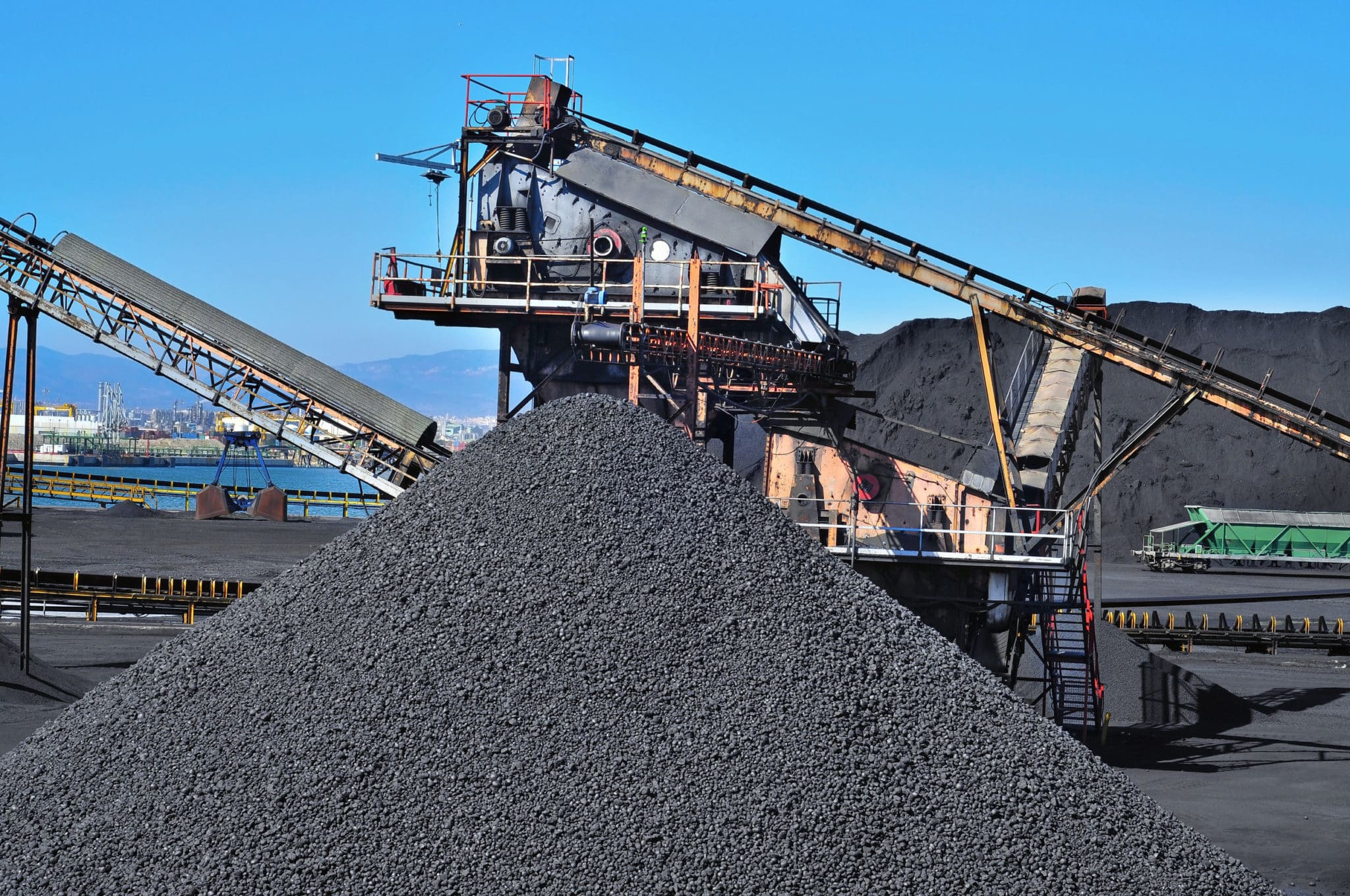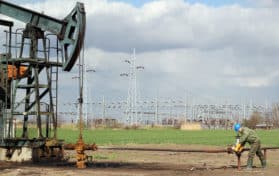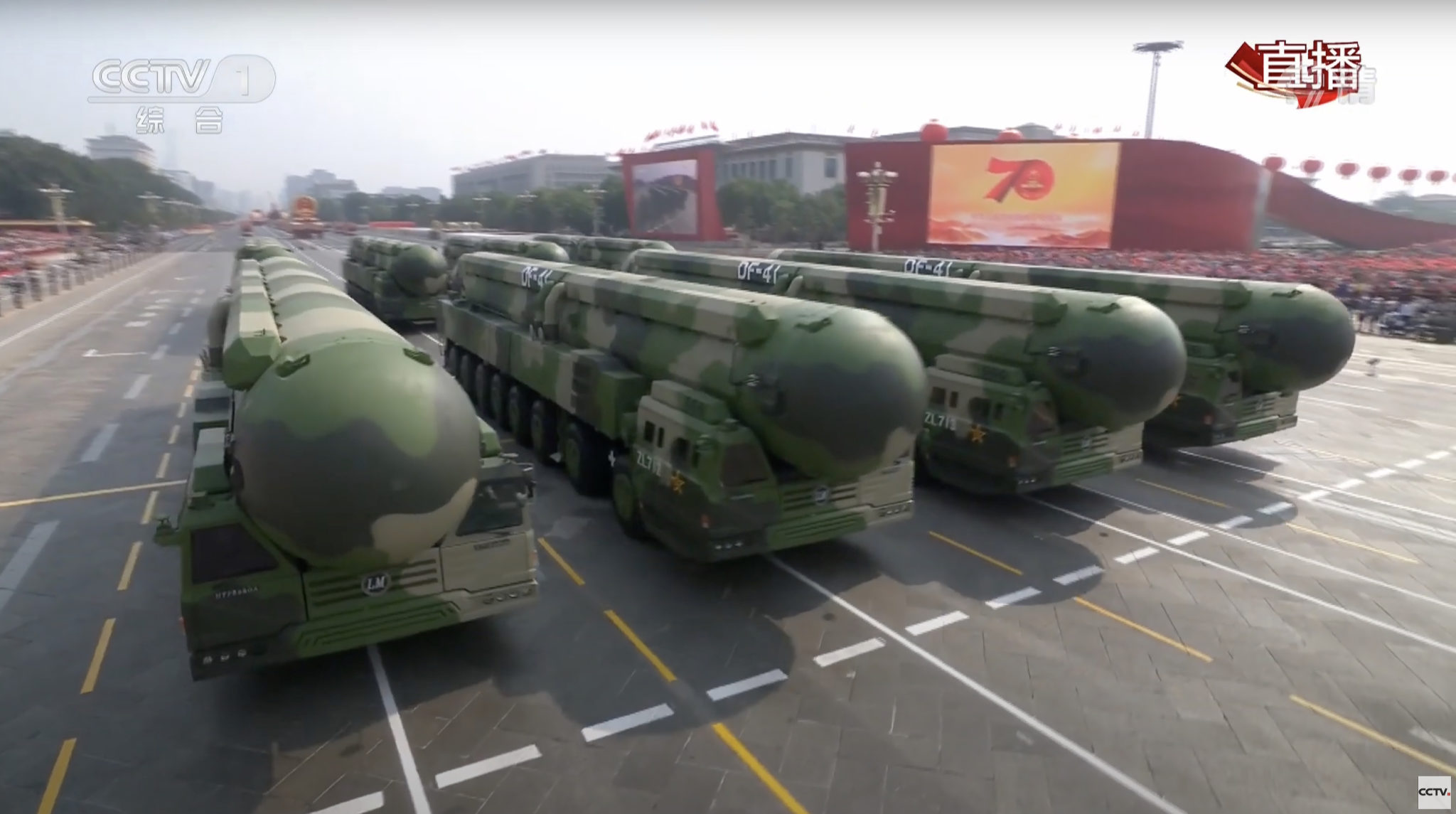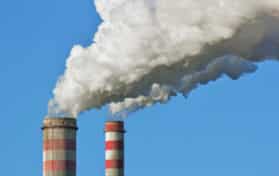
Looming coal shortages ahead of winter demand leaves many countries fearful of the future. Reasons for the shortage run the gamut from a post-pandemic boom to supply-chain issues. Further exacerbating the issue is a growing push to reduce carbon emissions, with coal being one of the chief polluters.
With winter approaching, many countries fear an upcoming shortage. This, combined with other shortage factors, have driven the price of coal up over the last few weeks. Current global production of coal is five percent below what it was prior to the pandemic. One global benchmark for measuring the price of coal is Australia’s Newcastle company, whose thermal coal has been priced at $202 per metric ton.
The price of coal is growing in Europe and Asia. Europeans are already seeing their home energy bills rising.
In China, the shortage of coal to power certain sources of energy has led to the shutting off of traffic lights in order to save electricity. However, China imposed a ban in 2020 that would contribute to this shortage the nation is now facing. As Beijing worked to implement a lessening of the use of coal, now Chinese infrastructure is scrambling to find ways to provide energy during the upcoming winter.
The situation in China could be played out on a worldwide stage as many countries embrace green energy. However, the infrastructure is not in place for the system to handle the number of customers. Texas in February 2021 is a perfect example. When wind farms froze due to the unseasonable weather and could not function – some of this due to a lack of upgrades performed – people in the Lone Star state went days without heat in the worst ice storm Texas has seen in decades.
As of now, China is reaching out to places such as Latin America and Africa in order to procure enough coal to get the nation through the upcoming winter. However, the global supply has yet to keep up with demand, which will, in the very least, drive up energy prices globally.
During the pandemic, global use of coal fell. However, experts are predicting that the demand for coal will exceed what it did in 2019. Experts point out that a nation’s economy has more to do with the demand for coal than a country’s climate change goals. As economies become stronger, they tend to need more coal. When a country’s economic state is in dire straights, the demand will go down as well, which would explain why coal wasn’t in such great demand during 2020.
Demand is also affected by multiple countries attempting to wean themselves off coal. Since countries such as Spain aren’t producing as much coal in an effort to go green, shortages around the world drive up demand and price of current coal produced. China’s ban on imported Australian coal was not due so much to going green as it was a political issue, and now China is working overtime to get enough coal to provide energy through the winter. Conversely, other Asian nations such as South Korea and Japan are buying coal from Australia.
As winter approaches and China still works diligently to find coal, Chinese citizens brace for forced outages and overall higher energy bills.





